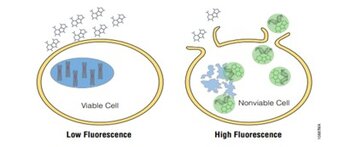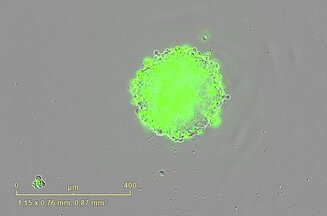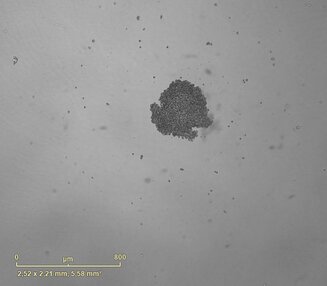Introduction
PCBIS proposes a miniaturized microplate assay on spheroids from malignant glioneuronal tumor cells for the evaluation of the cytotoxic effect of compounds. The cytotoxic effect can be quantified by monitoring the viability of spheroids or by monitoring the growth of spheroids.





















